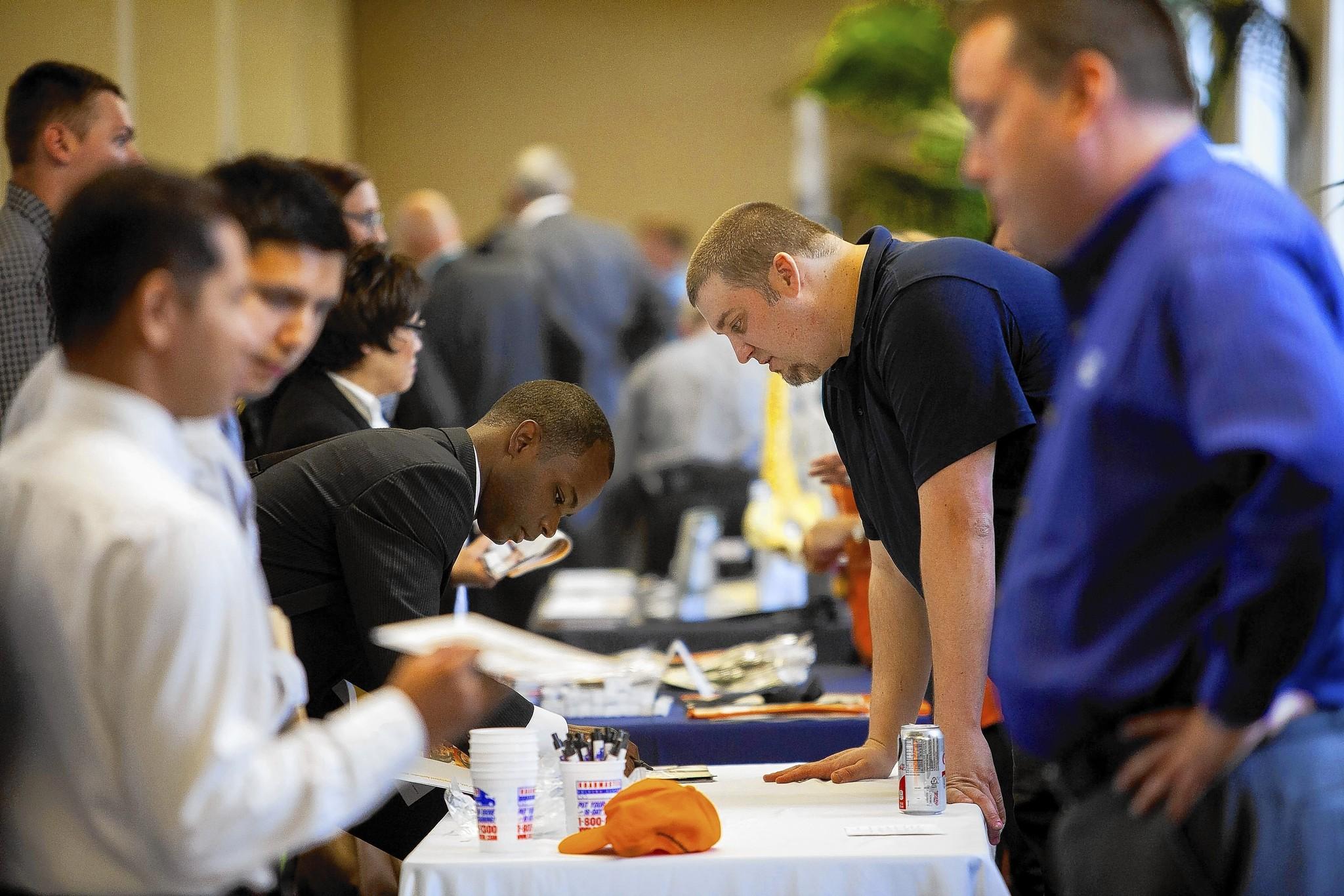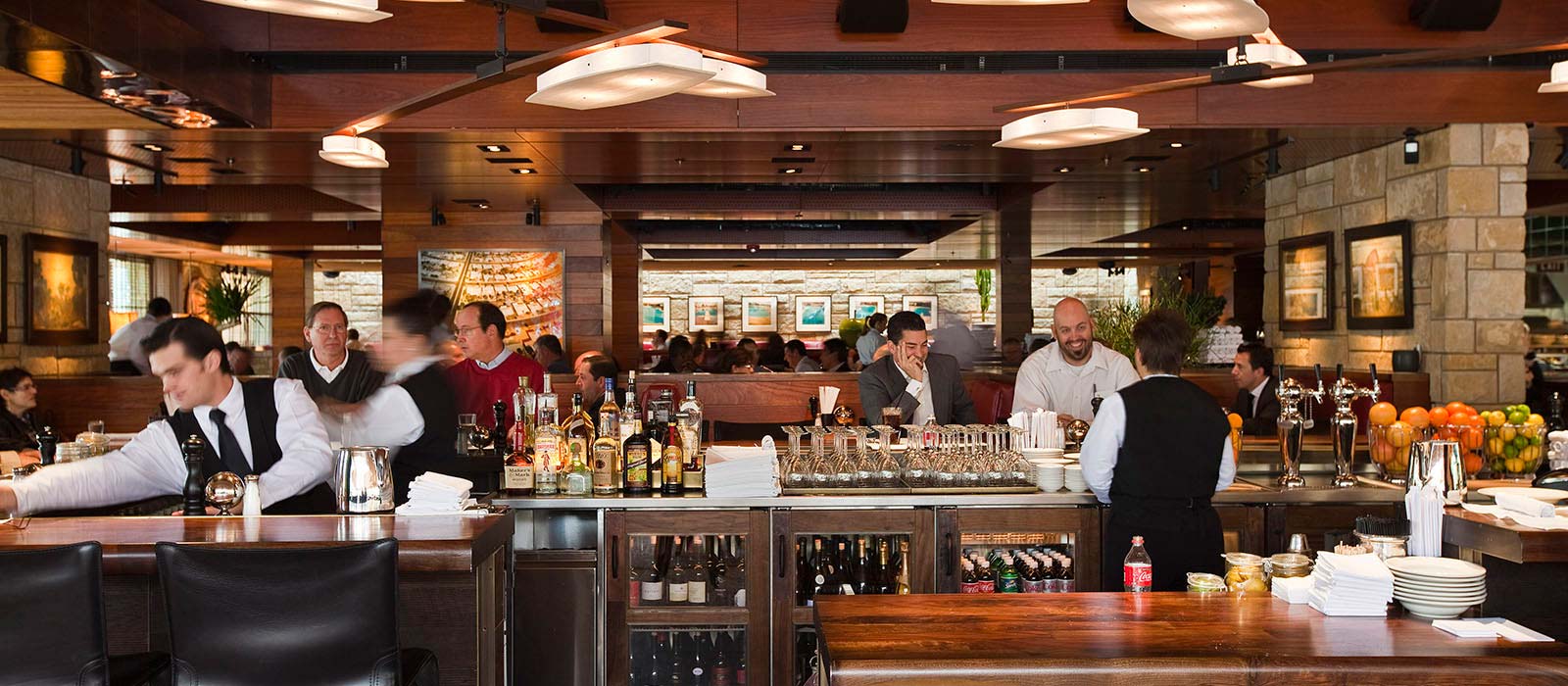
Restaurant same-store sales growth returned to positive territory during November making the improvement from last month’s year-over-year sales growth rate is the largest reported by the industry since June of 2015. This insight comes from data reported by TDn2K’s™ Black Box Intelligence™ through The Restaurant Industry Snapshot™, based on weekly sales from over 22,000 restaurant units, 120+ brands, representing $55 billion dollars in annual revenue.
Dallas, Texas (PRWEB) December 04, 2015
After disappointing restaurant sales in October, momentum was regained as same-store sales growth returned to positive territory during November. Although the 0.5 percent sales growth experienced in November can be considered relatively modest, especially compared with the average 2.2 percent same-store sales growth reported for the first nine months of the year, the 0.6 percent upward swing compared with the -0.2 percent same-store sales growth reported for October is encouraging. This improvement from last month’s year-over-year sales growth rate is the largest reported by the industry since June of 2015. This insight comes from data reported by TDn2K’s™ Black Box Intelligence™ through The Restaurant Industry Snapshot™, based on weekly sales from over 22,000 restaurant units, 120+ brands, representing $55 billion dollars in annual revenue.
“At a national level, many of the key economic indicators are still positive: job growth is expected to be reported as strong for November, unemployment is still slowly declining and consumer sentiment continues to be relatively strong compared with previous years. It is not surprising that the restaurant industry was able to rebound and post positive same-store sales growth during November, albeit small, especially when factoring the effect of increasing average guest checks,” said Victor Fernandez, Executive Director of Insights and Knowledge for TDn2K. “However, it is difficult to be too optimistic for the fourth quarter, given the declining trend in same-store sales growth we have been reporting on throughout the year. Growth continues to be positive, but we are definitely experiencing a slowdown in restaurant sales.”
At the end of November, quarter-to-date same-store sales growth is 0.2 percent; a big drop from the 1.5 percent posted during the third quarter. Year-to-date same-store sales growth is now 1.8 percent as we head into the last month of the year.
There is favorable news for the industry observed in the increase of same-store sales during November as a result of an improvement in traffic and not because of companies increasing their prices. Same-store traffic growth was -1.7 percent during November, a significant 1.1 percent improvement over the -2.8 percent reported for October. “However the chain restaurant industry as a whole continues to have a chronic traffic problem,” continued Fernandez, “and it has worsened during the last couple of months. The average same-store traffic growth for October and November was -2.2 percent, compared with an average -1.1 percent for the first nine months of the year.”
The steady drop in average guest check growth is a key component in the slowdown in sales experienced since July. While the average guest check growth in comparable stores during the first six months of the year was 3.4 percent, the average for the five months since then was only 2.5 percent. Furthermore, the 2.0 percent growth posted in November is the lowest year-over-year increase in average guest check reported by the industry since June of 2014. A factor behind this decrease in average guest check growth seems to be a decline in same-store beverage sales, which have reported negative growth during the last three quarters while food sales growth has been able to remain positive.
As has been the case during most of this year, the segments in limited service (Quick Service and Fast Casual) were the top performers based on same-store sales growth during November, significantly outpacing the sales growth of the full service segments of the industry.
Although at the regional level there are significant differences in sales growth performances, the slowdown in sales has been widespread and affected all regions of the country. The average same-store sales growth for October and November combined was lower than the average for the three previous months in all 11 regions of the country tracked by Black Box Intelligence. The best performing region was California for the fourth consecutive month, with same-store sales growth of 2.9 percent and -0.2 percent traffic growth during November. The worst performing region for the third consecutive month was the Southwest (Louisiana, Arkansas, Oklahoma and New Mexico), which posted -3.3 percent same-store sales growth and -4.6 percent for traffic. The impact of the energy industry downturn seems to continue to be a factor in oil producing states, since in addition to the slump in the Southwest, the Texas region was one of the only three that experienced negative sales growth during November and has now endured three consecutive months of same-store sales growth.
From a market perspective, 103 (53 percent) out of the 193 DMAs tracked by Black Box Intelligence reported positive same-store sales growth during November. Although an improvement from the 42 percent of DMAs that posted positive growth during October, this represents a considerable decline from the average 71 percent of DMAs that had positive sales growth during the June through September period.
As restaurant sales dropped in October, so did the number of new jobs created by the restaurant industry according to TDn2K’s People Report’s™ latest reports. Jobs in restaurants grew by 3.9 percent year-over-year during October; while the average growth rate for the previous three months was 4.6 percent. Even with this slowdown in October, the chain restaurant industry continues to consistently outpace the rest of the economy when it comes to job creation. As a comparison, the average year-over-year growth rate in total number of non-farm jobs was only 2.0 percent during the September through October period. The restaurant industry is creating jobs at more than twice that rate.
The pressures of the tightening labor market continue to be felt by restaurants in the form of rising turnover levels. After three months of flat restaurant management turnover rates, rolling 12 month turnover started climbing again and now has increased during eight of the last 12 months ending in October. Meanwhile, restaurant hourly turnover remains in its upward trend that started back in September of 2013. Rolling 12 month hourly employee turnover in restaurants has increased during 26 consecutive months. Staffing and retention has become a major concern for operators and expectations are for continued challenges in this area in months to come.
According to TDn2K’s White Box Social Intelligence™ based on a sample of almost 8.5 million online mentions, guest sentiment towards chain restaurants became more positive during November compared with previous months. Out of three key guest satisfaction indicators tracked in the Restaurant Industry Snapshot (“food”, “service” and “intent to return”), all showed a higher percentage of positive sentiment mentions than in any of the previous seven months. Tied to this increased positive sentiment seems to be the buzz around holiday events and promotions that started to take over the social chatter for restaurants in November.
The top performing segment during November based on percentage of positive mentions for all three guest satisfaction attributes was Fine Dining (this segment was also the top performer for “service” and “intent to return” the previous month). This might also be tied to holiday events planned for and promoted by the brands in this segment. However, nearly all industry segments saw an increase in their positive-sentiment conversations during November, providing some encouraging news for the industry as we head into the last month of the year.
TDn2K™ (Transforming Data into Knowledge) is the parent company of People Report™, Black Box Intelligence™ and White Box Social Intelligence™. People Report provides service-sector human capital and workforce analytics for its members on a monthly basis. Black Box Intelligence provides weekly financial and market level data for the restaurant industry. White Box Social Intelligence delivers unparalleled consumer insights and reveals online brand health. Together they report on over 32,000 restaurant units, over one million employees and $55 billion in sales. They are also the producers of two leading restaurant industry conferences: Summer Brand Camp and the Global Best Practices Conference each held annually in Dallas, Texas.
(via Press Release Rocket)













